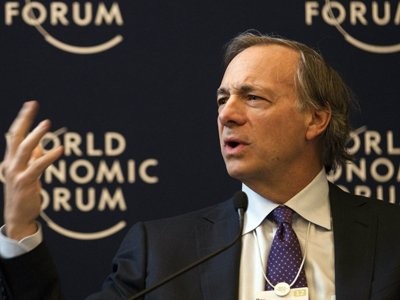Fund Managers Look Smarter This Year bu Can Be Deceiving
Post on: 24 Апрель, 2015 No Comment

Stock-fund managers haven’t suddenly gained a lot of IQ points, even though it might look that way.
More in Investing in Funds
Many fund managers are doing a far better job of beating stock-market benchmarks this year than they did in 2011. Among diversified large-stock funds, 64% beat the Standard & Poor’s 500-stock index in the first two months of 2012, versus only 20% in 2011, according to Morningstar Inc.
But that doesn’t mean it is time to praise your fund managers’ improved smarts in picking stocks. Managers are adaptive, but they don’t change their stripes all that often, says Aaron Reynolds, associate director of asset-manager research at Milwaukee-based securities firm Robert W. Baird & Co. Rather, it is the dynamics of the market that are always changing, he says, and that results in a cyclical pattern in which the percentage of active managers beating a benchmark ebbs and flows.
An important example: The average market capitalization of the stocks in large-stock mutual funds is typically smaller than that of the S&P 500, says Russel Kinnel, director of mutual-fund research at Morningstar. So in periods when mega-cap stocks are market leaders—like 2011—large-stock fund managers on average look stupid relative to that benchmark. In periods when smaller stocks do better than large ones—like 2012, so far—the fund managers look pretty smart.
ENLARGE
Melinda Beck
Mr. Kinnel points to another quirk that may explain the apparent jump in manager ability after New Year’s Day: The S&P 500 includes only U.S.-based companies, while most U.S.-stock funds have a portion of their assets in overseas shares. Foreign stocks on average did much worse than U.S. shares last year, but they are generally ahead so far in 2012.
Substituting With ETFs
Mr. Reynolds says the cyclical nature of active-manager performance is one reason that the debate about active versus passive investing goes on and on.
John Cochrane, a finance professor at the University of Chicago Booth School of Business, says investors are misguided if they think fund managers add—or subtract—value based on how savvy they are at picking individual stocks.
Managers typically have a strategy that favors certain kinds of stocks, such as those with rapid earnings growth or very low prices relative to earnings or rising dividends. Stocks with a common trait tend to rise or fall in market favor together. So the performance of a fund versus a benchmark can be better viewed in terms of the various factors a manager overweights or underweights, Mr. Cochrane says.
Rather than invest with active managers, people can assemble a portfolio of exchange-traded funds that provide exposure to the same market factors, Mr. Cochrane says. While funds based on market capitalization and sector are ETF-industry staples, some newer ETFs target stocks with high dividends or recent price momentum or low volatility.
When a mechanical rule is used to select stocks by such traits, it looks a lot like stock picking, but the ETFs typically come with lower expenses, Mr. Cochrane says.
Unloved Approaches
With the proliferation of ETFs, Baird’s Mr. Reynolds says the bar is raised for active managers to demonstrate their value. He says it is possible to find active funds that beat benchmarks over time—but he cautions that investors should be wary of jumping into funds that have been recent stars compared with a benchmark or peers. They might do better, he says, by favoring managers who have been laggards because their approaches are unloved.
He suggests three funds that trailed badly in 2011 but are looking smarter this year: JHancock Classic Value. Cambiar Opportunity and American Funds Growth Fund of America. The first two look for particularly cheap stocks, while the third invests more heavily than most peers in foreign stocks.
An out-of-favor style can easily come back into favor and provide a tailwind for much improved performance in the future, Mr. Reynolds wrote in a recent paper.
Ms. Damato is a news editor for The Wall Street Journal, based in South Brunswick, N.J. Email her at karen.damato@wsj.com .














